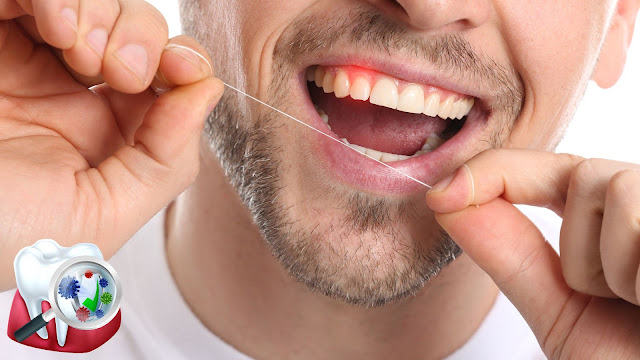Invisible Braces | How They Work & What They Cost
.jpg)
Are you dreaming of a perfect smile without the hassle of traditional metal braces? Invisible braces, or clear teeth aligners , could be the solution you're looking for. These modern orthodontic treatments are designed to straighten your teeth discreetly, offering a comfortable and effective alternative to metal brackets and wires. In this blog, we will explain how invisible braces work, the benefits they offer, and provide an overview of the invisible braces cost in Delhi, including Invisalign braces treatment in Delhi . What Are Invisible Braces? Invisible braces are a popular orthodontic solution that uses clear, removable trays to gently move your teeth into the desired position over time. They’re custom-made using advanced 3D imaging technology to fit snugly over your teeth and are virtually undetectable. Some of the most common types of invisible braces include clear teeth aligners like Invisalign . How Do Invisible Braces Work? Invisible braces work by applying controlle...






